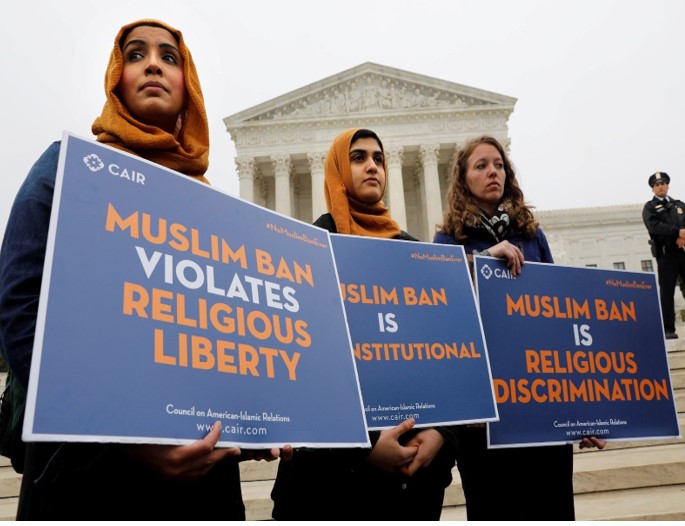
Migration Patterns in Germany and the U.S.
By Defne Akdal
History has been shaped and built on migration. From early human migration to evade hot climate conditions to modern-day asylum seekers, it plays a crucial role in shaping societies. Countries such as the U.S. are built on immigration while other states, for instance, Germany is experiencing a significant cultural shift due to the high percentage of immigrants. Despite this, migration is raised as one of the most pressing issues in the world, causing many countries to implement harsher immigration laws and tighten borders. This outlook towards migration has crucial social implications, at times encouraging racism and xenophobia due to the way authority figures and the law treats migrants. It’s essential to analyse and achieve a greater understanding of modern migration control in Germany and the U.S. by looking at their history of migration, exploring modern-day migration patterns and delving into immigration laws.
Migration has been occurring naturally for centuries and is linked to many key historical moments. In fact, migrants can be linked in aiding economies such as that of Germany’s to recover following WWII. These migrants were labelled as ‘guest workers’ usually deriving from Turkey or Yugoslavia with the original intent being that they worked in Germany for a period of time before returning home. However many of the migrant Turks decided to take permanent residence in Germany. Currently, 4 million Turks reside in Germany, many of them being accused of not integrating into German society due to lack of immigration laws in the 1960s. Tensions between
Turks and Germans remain high, and even second Turkish migrants in German and third-generation immigrants are alienated from society. Migration concerns were sparked in Germany in 2015 due to the Syrian Civil War. Many nations raised alarm at the sudden influx of refugees escaping war-torn Syria. The Syrian refugee crisis caused many European countries to tighten their borders, making it difficult for refugees to enter and seek asylum. Europe struggled to find an appropriate response to the crisis, causing thousands of refugees to die on their journey. Germany is credited for housing the most immigrants in Europe with 600000 Syrian refugees who now five years later have adjusted to their new policy in accepting refugees, xenophobia is an ever rising issue and the German far-right party (AfD) have been vocal in disagreeing with Angela Merkel immigration policies. Rise in criminal cases in Germany (despite the crime rate falling since 1992) has been blamed on immigrants despite there being no evidence. There is an internalised hostility towards refugees and the heavy influx of immigrants have only augmented these racist attitudes.
As of 2018, 44.7 million immigrants currently live in the U.S., with most of its population being migrants or having migrant ancestry. Migration is one of the key reasons for the U.S. being a unipolar power in the world throughout the last few decades. Immigrants have made many U.S. inventions, and having these connections across the globe has helped the country expand its power and influence. However, despite all this, immigration is still a polarising topic of debate in the U.S. heightened, after 9/11. The U.S. has had many different groups of people immigrate to its shores at specific times, starting with the English followed by the Irish, Germans, Italians and Jews. As early as 1849, the U.S.’s first anti-immigration political party was formed against the large influx of Irish and Germans. Prominent xenophobia can be seen in the 1800s due to the The Chinese Exclusion Act of 1882 banning Chinese immigrants from entering the U.S. The 1917 Immigration Act limited the number of people that can immigrate by imposing literacy requirements to those wanting to enter. Similarly to Turks, Mexicans immigrated to the U.S. during WWII to make up for labour shortages, this was followed by a large number of Europeans escaping WWII by entering the U.S. More recently, Trump has implemented travel bans to several Mulsim countries, as well as North Korea and Venezuela in the name of protecting the nation from terrorism.
Migration is currently being portrayed as an alarming issue in our modern society as nations make it more difficult for people to immigrate. This hostile attitude towards immigrants can be linked to a rise in xenophobia in certain areas, covid-19 only encouraging hidden racist thoughts in societies. Now with the pandemic, borders are more important than ever before. Looking at Germany’s and U.S.’s history of migration, it is clear that immigration is relaxed only when benefitting the economic system. Humans are never going to stop migrating; however, trying to stop migration with the rise of globalisation is going to be an ongoing topic of debate for the rest of our lives.

0 Comments